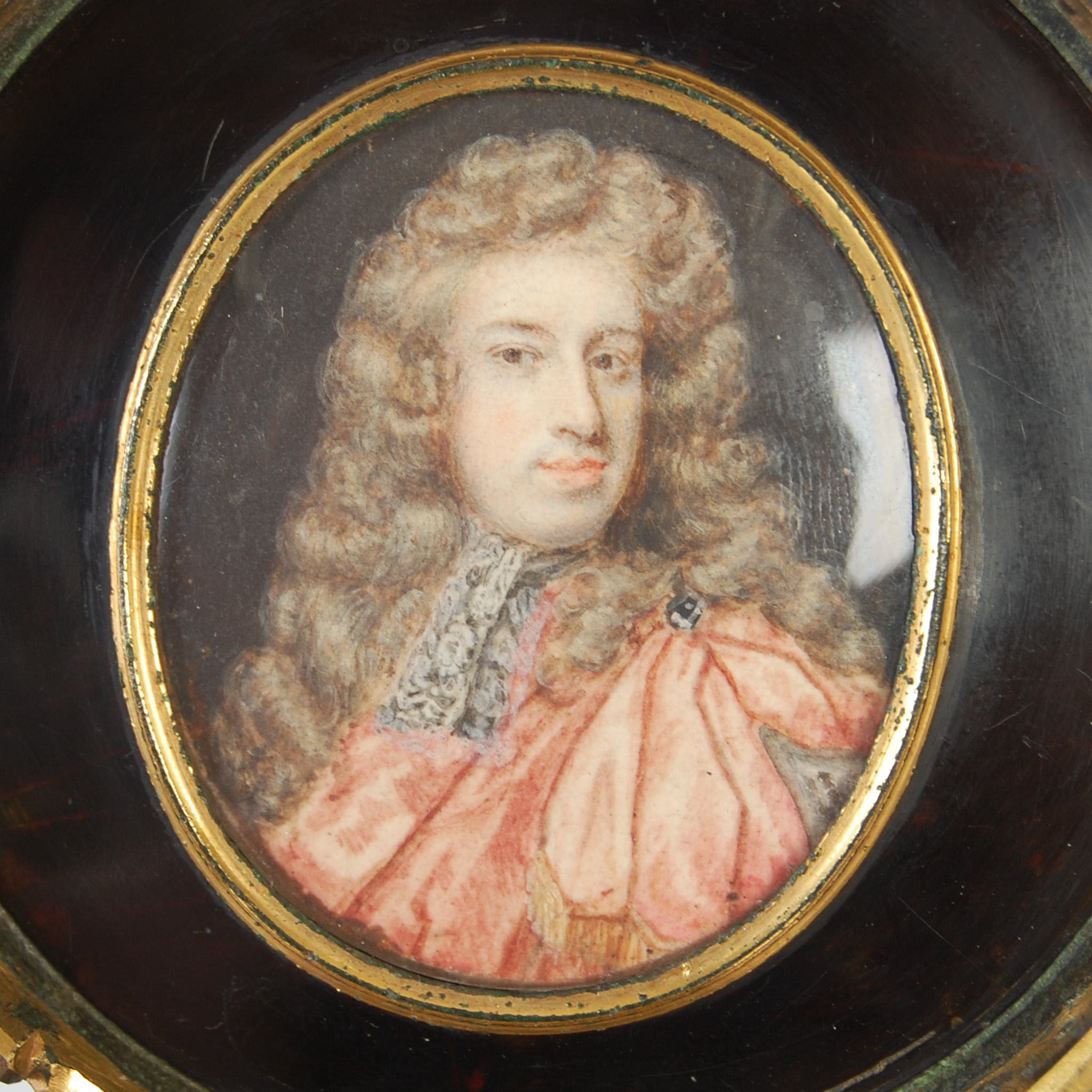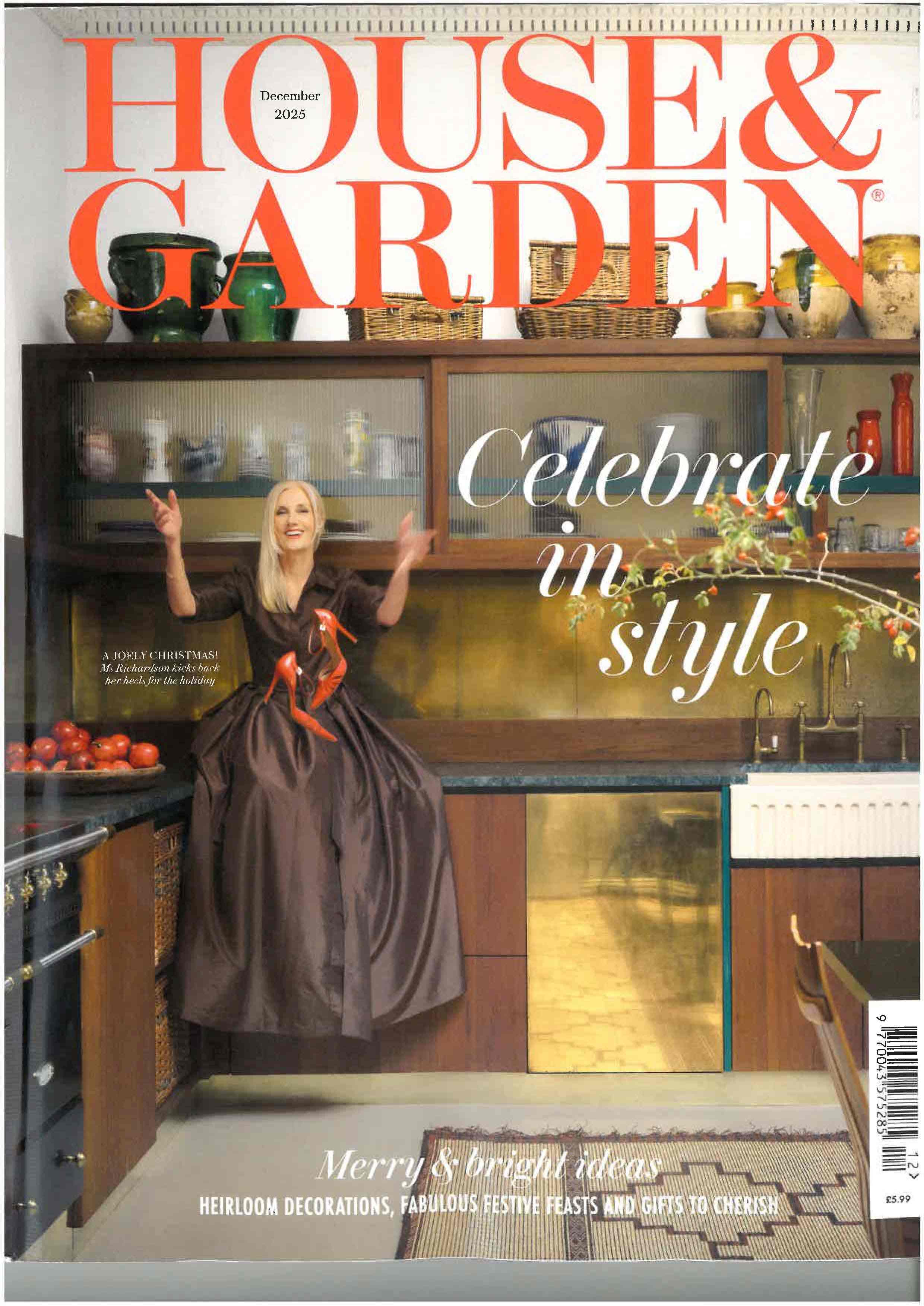

12/06/2023 General News
Market-fresh collections in three very different disciplines provided the core of the Antiques and Fine Art sale at Lindsay Burns (20% buyer’s premium) in Perth on April 25-26.
A group of 17th century embroideries, the second tranche of a collection of Scottish snuff mulls and snuff boxes and an old assemblage of Chinese blue and white porcelain were all offered with the sort of guides that encouraged buyers to form an orderly queue.
The four examples of Stuart period stumpwork, consigned by relatives of a lady who had bought them auction in the 1970s-80s, included the most expensive lot that Nick Burns has sold to date in a 23-year professional career and the second most expensive lot achieved by the auction house.
Pictured in ATG No 2591, this black and gilt japanned and needlework mirror frame was hammered down at £65,000, way above the £1000-2000 guide. It took nine minutes to sell to a UK phone bidder.
The other stumpwork pictures of a more conventional type with some condition issues sold between £1700-2950.
The 55 lots of snuff mulls and boxes were the second tranche of a collection; the first offered in December 2022.
Predictably they were led by a very finely made early 18th century box of Jacobite interest. Fashioned in carved and turned tortoiseshell with gilt metal mounts and thumbpiece, the interior was inset with a miniature bust portrait of James Francis Edward Stuart, better known as the Old Pretender.
Less common than boxes featuring his son, the Bonnie Prince, it was estimated at £1000-1500 and sold to an online bidder for £7000.
While prices for the later printed Mauchline wares remain generally lacklustre, the much-harder-to-find penwork items from the first half of the 19th century have brought some memorable sums of late.
Offered here at £200-300 but sold at £4200 was a 3in (8cm) snuff box with wooden hinge, decorated with captioned illustrations from Burns including: Peasant’s Grace, Rent Day and The Twa Dogs. The interior base is stamped for the maker Alexander Lammie of Tower Street Cumnock.
A larger snuffbox with a named view of Kinfauns Castle marked for William and George Milne of Laurencekirk sold for £3000 as part of the Baer collection at Sworders last October, while in November 2021 a box decorated with golfing scenes by Charles Stiven of Laurencekirk made £3200 at Gorringe’s.
A much less sophisticated treen object, but one with plenty of Scottish folk art appeal, was a 5in (13cm) snuff mull carved as a Highlander wearing pleated kilt and Glengarry hat. His jacket and sporran are picked out in brass studs with a hinged snuff compartment carved to the back. It sold for £3200 (estimate £200-300).
The Chinese blue and white (23 pieces from the Transitional, the Kangxi and the later Qing periods) had been collected by Dutch playwright Jan Fabricius and bequeathed to the vendor’s mother in the late 1960s. The consignment came after Lindsay Burns sold a Transitional brush pot for £51,000 in October 2022.
Two typical mid 17th century Transitional bottle vases estimated at £300-500 each were the plum lots, both made in that diverse period when, in the absence of imperial patronage, Chinese porcelain production was recalibrated to cater for the literati, merchants and emerging overseas markets.
The larger and better preserved of the two vases, 15in (38cm) high and decorated with scholars and other figures in a fenced garden of palms, sold at £21,500. A similar piece measuring 14in (36cm) decorated with figures in a fenced garden of pine trees took £10,000.
Last December the auction house had sold a late 19th century Chinese silver four-piece tea set marked for the maker-retailer Wang Hing for £9300.
That price encouraged the same vendor to consign a handsome 13oz tankard with a heavily chased double-skinned body and a winged dragon handle. It had stamped maker’s marks and a presentation inscription to W Wards, Hong Kong 1873. Such pieces were commonly given as colonial sporting trophies.
Estimated at £300-500, it took £3500.
Two good George III provincial clocks also featured in the sale.
John Smith (fl.1770-1814), who came from the small fishing village of Pittenweem, in the East Neuk of Fife, is one of the more enigmatic figures in Scottish clockmaking. Little is known of his life or training although in 1775 he stated in an advertisement that ‘he was bred in the trade and had never been out of the country’.
Despite these very provincial beginnings, he rose to extraordinary heights. The magnificent large-scale automaton and musical clock in the Royal Collection at Clarence House is his masterpiece.
Even Smith’s more humble clocks – his stock in trade was the oak or mahogany longcase – come with well-made mechanisms and distinctive dials. The example offered here was particularly good. It has an enamel dial decorated with scattered foliate sprays and a rolling moon phase with the bold letters John Smith, Pittenweem to the arch.
It was estimated at £250-500, the price of so many Georgian longcases, but pushed on to bring £3600.
Sold for £4600 (estimate £800-1200) was a bracket clock signed to the brass dial for the little-known maker George Fee, Coventry. The twin train was a quarter repeater striking on seven bells and housed in a quirky architectural caddy top case supported by four fluted tapered cylindrical columns.
Two vintage Goyard, Paris steamer trunks had been consigned from the attic of a Perthshire country house and “were exactly as you would hope to find them”. They dated from the early years of the 20th century and were adorned with the so-called Goyardine chevron patterned canvas that was Goyard’s answer to the Louis Vuitton print.
Estimated at £3000-5000 each, they made £3400 and £4000.


Antiques & Interiors